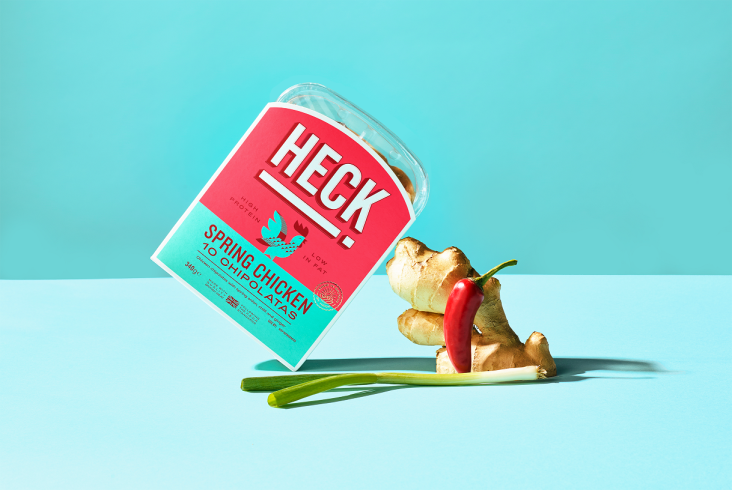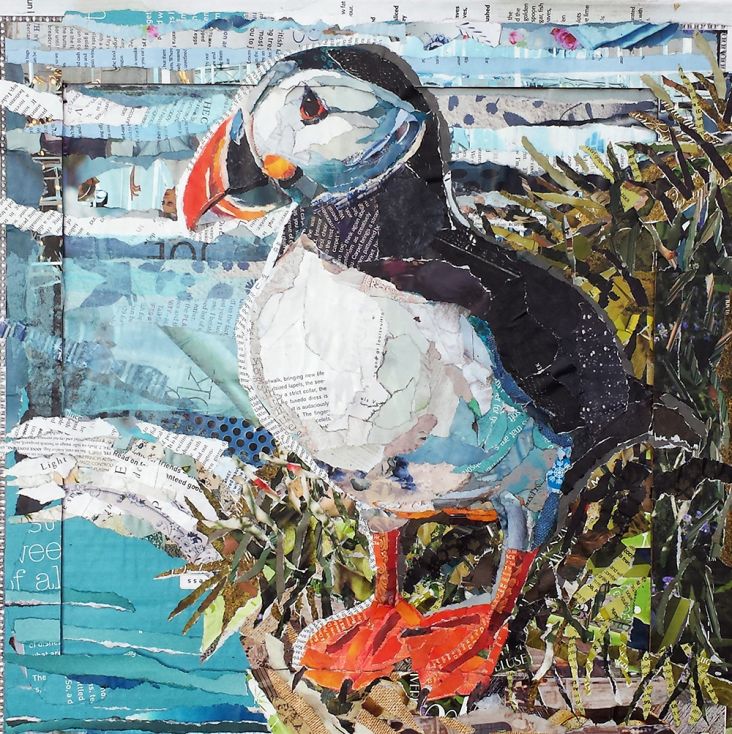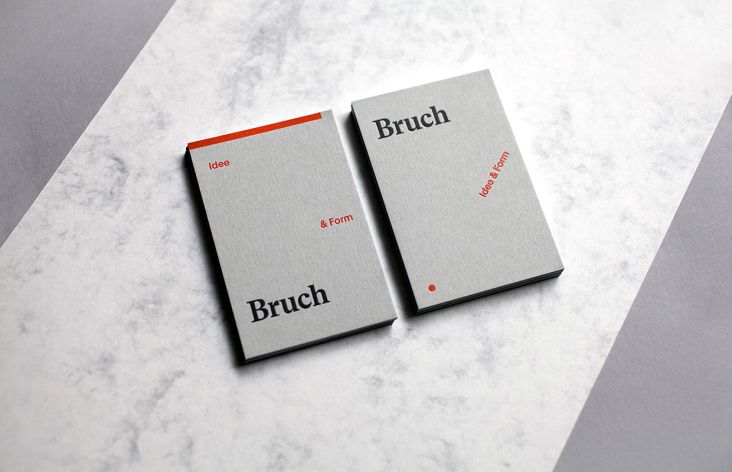How to have an amazing illustration career in seven 'simple' steps
Warning! These steps are not so simple. But if you’ve got talent and determination, following Miss Led’s lead will boost your chances of a fruitful career in the commercial arts.
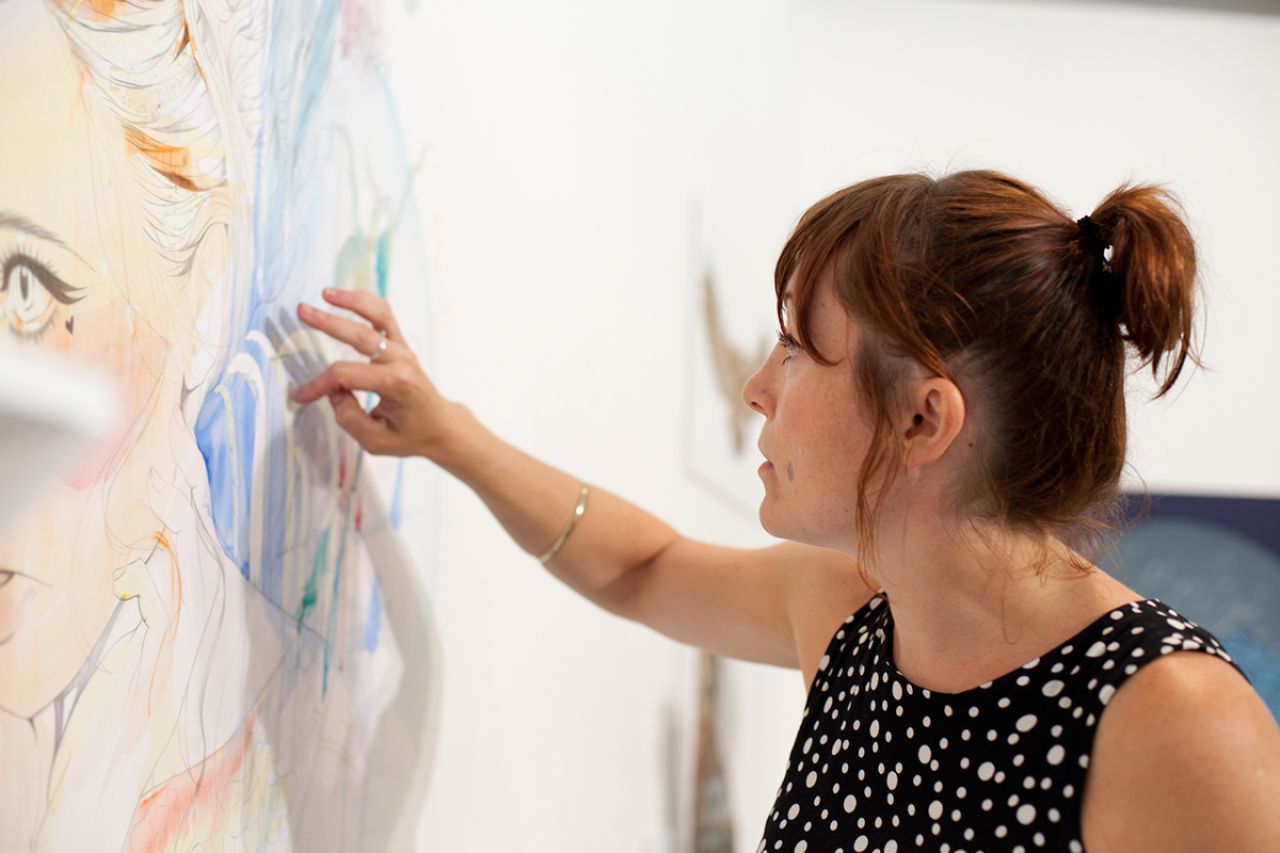
Miss Led, Image courtesy of the artist
Miss Led is a supremely skilled illustrator based in East London. She’s in the midst of a rather hot streak. In the last twelve months, her talent for beautiful line drawings has seen her booked for ad campaigns with major hair and beauty brands such as Chanel, Braun and Head & Shoulders.
As well as working on commercial illustration work, she’s delivering workshops globally and an exhibiting fine artist. We reckon she’s the ideal person to impart a little wisdom and inspiration for building your portfolio and client base.
Easy to describe but tough to execute, Miss Led’s seven steps will lead you onto illustration glory! Miss Led it's over to you.
1. Dare to ‘Play Live’
"Performing live is a great way for up-and-coming artists to get noticed. I saw the difference in how little was coming my way when I stopped performing live for a while, so I got back to it.
"The thrill you feel, that kind of tension, when you perform in front of an audience is something you can’t replicate in the safety of your studio. It teaches you so much about yourself as an artist. You can’t make mistakes - and the ones you do, you have to run with.
"It’s all self-initiated, no brief as such, no set subject; just the requirement to fill a large canvas against the clock. What you do then is up to you. For me, it’s always important to do something interesting and watch it unfold. When I first started doing this, it was competition based. And I was often the only female competitor. I’d try to think what the boys might be doing. Then I thought about what I could bring to the competition as a female artist so that I had an extra edge!
"So I would say that, while it can be terrifying, the opportunities it creates, both in terms of getting work and developing as an artist, playing and working life would be my number one tip.
“You can’t buy exposure. You have to work for it.”
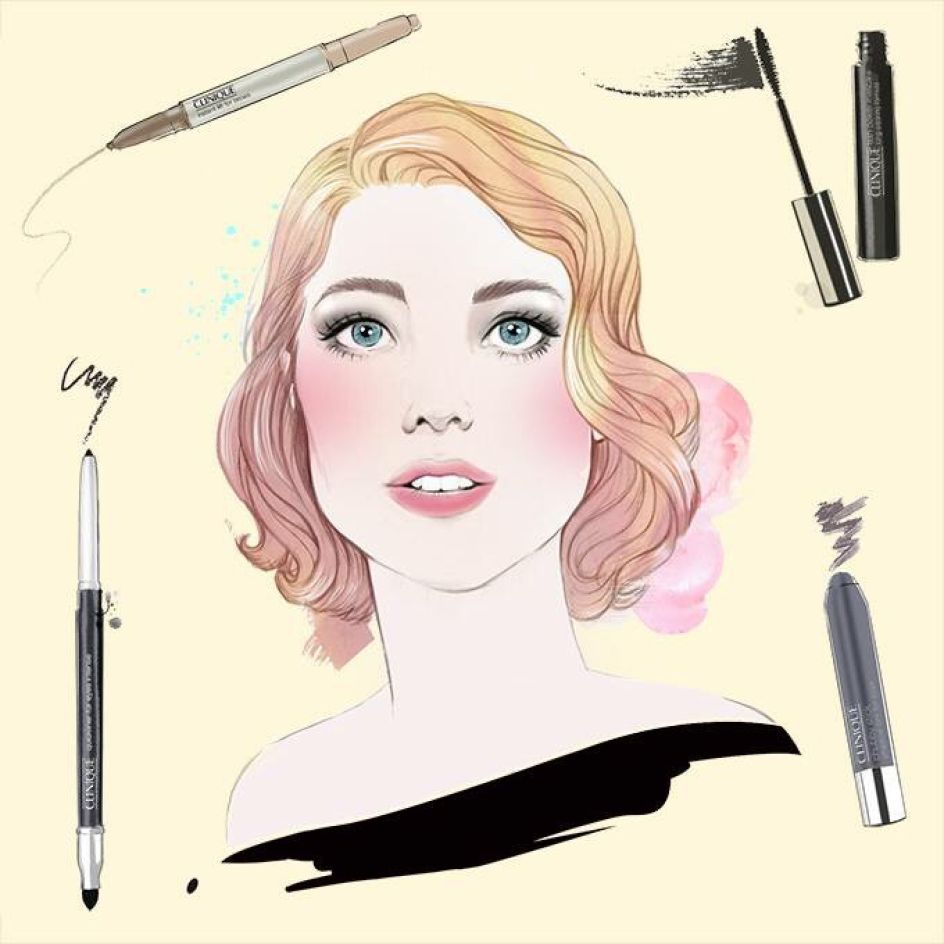
Clinique What's Your Line campaign
2. How to get it right the first time: ask yourself some big questions
"If you’re performing live, you only get one shot. But even working in the studio, you’re often against the clock. Your first sketch can often be the best, so you have to make it count. Before I embark on an illustration, I get the ideas down in writing first. This means asking a lot of questions like:
- What am I good at?
- Who is going to see this? What do I know about them?
- What have I done before that has been successful?
- What haven’t I done before that I’d like to try?
- What theme is there?
- What era? And how does that dictate a colour scheme?
- What materials will I use?
“And more seemingly wildcard things, for example, ‘would it work on a scarf/bag/ poster?’ - that proved the inspiration for something I’m working on right now (a project I’d rather not say too much about now, as it’s as soon to be launched).
“Going through your portfolio of work is helpful. Perhaps you could see an element you’d like to bring back, a certain texture maybe, that might stand out to you - that can inspire you in developing your piece.”

Miss Led x Braun packaging collaboration
3. Stay constantly inspired: Work the overlaps
“If you are going to do great work, live or otherwise, it’s important to stay on your toes. You need a broad knowledge of what’s going on around you, as different cultures overlap. Street art takes a lot of inspiration from fine art, and increasingly, vice versa. To be at the top of your game in either, you need to be exposed to both if you confine yourself to one or the other, which can be a bit limiting. Having a foot in both camps opens up so much inspiration.
"So learn all you can about all kinds of art: study books, go to talks, watch amazing movies, follow design blogs. That’s the way to stay consistently inspired, which you need to be, so when briefs come up, you’re ready.”
4. How to be unique: what you remember makes you, you
“A good tip to help make your work personal is shut your eyes and think, what do I remember? Before Instagram, before Tumblr, before being under a deluge of information and imagery, what do I remember?…what comes to mind in such moments is the very essence of what makes you, you.
“By thinking that way, using whatever new tools, techniques or audiences you are working with, you can put a lot of your personality into it. That way you can have a signature feel, but still, be quite flexible too.
“There’s a big debate about whether you should create work in just one style, or be adaptable and have a range of styles to offer. I think that, in my earlier years, when I had a broad portfolio, I struggled to get work. But I stuck to my guns, at the same time as doing a variety of different editorial commission and jobs ranging from 20-minute live portraits to the sides of massive boats. I was having to use different materials and had different requirements for each. Proving I was adaptable meant that I had the choice of more projects. My styles developed, and I believe they are all recognisably ‘me’."
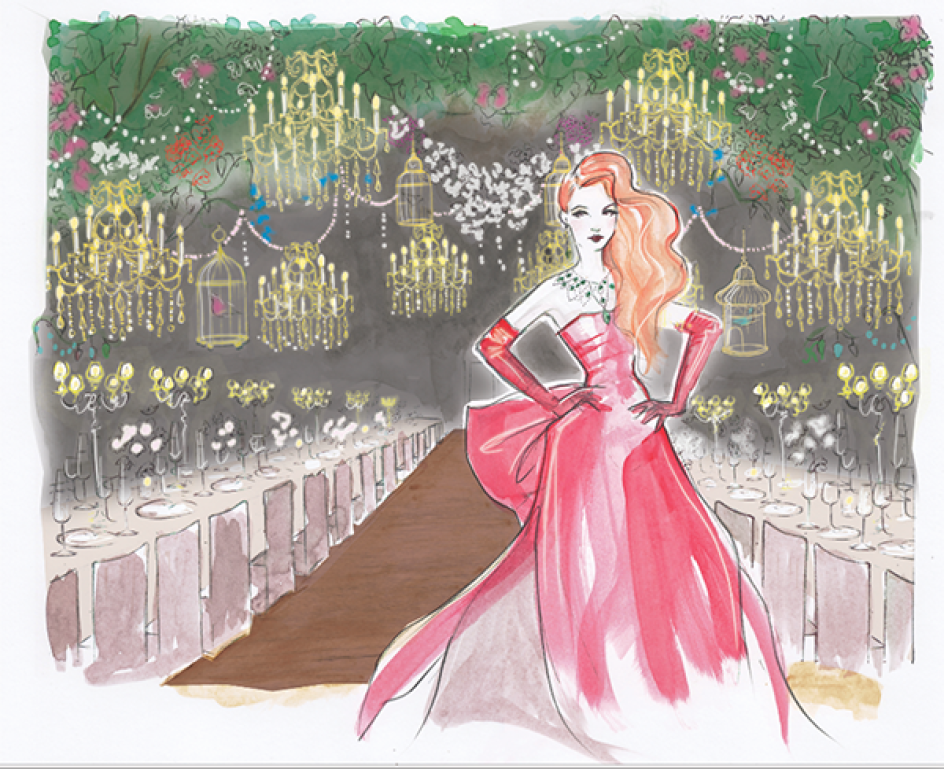
Faberge storyboard
5. How to collaborate with confidence
“In the early stages of your career, most of your portfolio will be self-generated work that you have full creative control over. You start to lose a bit of that control when you’re working with more prominent, established brands. After wading through the brand identity, guidelines and history, you can end up playing it very safe, if you’re not too careful.
“But you shouldn’t be too stubborn, either! To find help find that sweet spot of appreciating but not being overawed by the brand and its guidelines, make sure you understand precisely why you’ve been picked, and play to those strengths.
“Have the brand make a short presentation on their favourite pieces in your portfolio and what they love most about them. That way, you can tune into those ‘sides’ of you, and make sure you deliver a piece that is suitable for the brand and its look but still delivers you.”
6. Have a range of irons in the fire
Miss Led isn’t just an ad campaign and commercial illustrator: she is a live artist, global workshop artist, a muralist, and exhibiting fine artist.
“Having other connected strings to your bow is useful for staying busy. Think laterally about how and where your skills would be valuable: you have to accept that big briefs won’t always come thick and fast. When work went quiet a few years ago, I had to re-focus and ask questions again. I asked myself what else I could do? I wasn’t prepared to give up. I remembered that I had years of workshop experience. So I decided to approach galleries about delivering sessions. And since then, I’m employed delivering courses and workshops globally. All of which has been an incredible experience. It’s allowed me to gain further contacts and connections, and I also learn a lot from my students as they learn from me.”
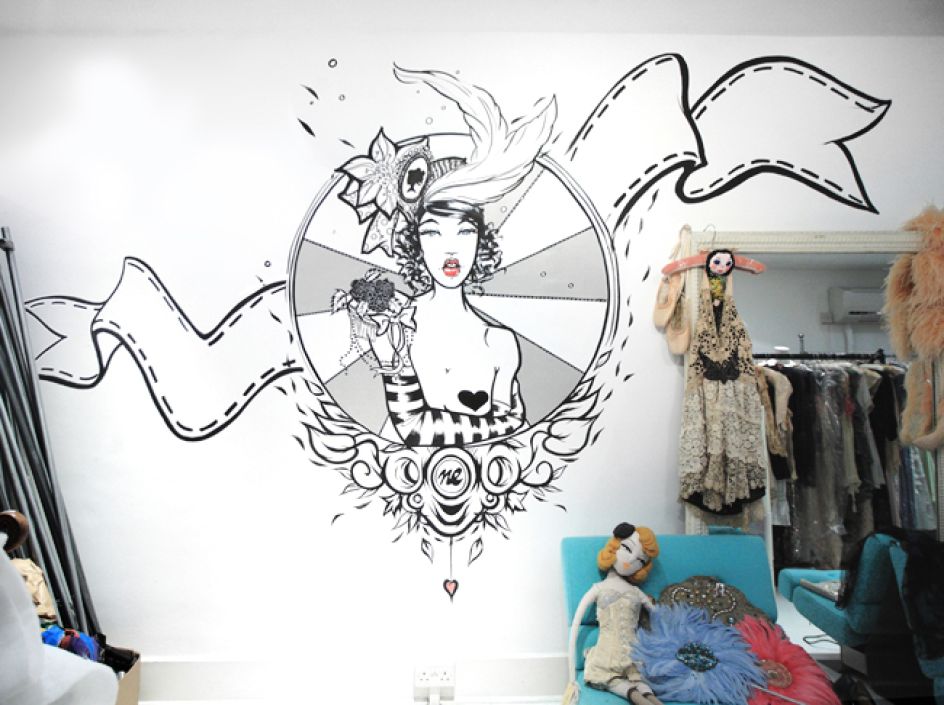
D&Me Boutique interiors
7. Stay disciplined
“When work is thin on the ground, I’m not working any less: this is the time I need to generate more work. That means spending time writing and publishing the projects, making sure as many people as possible see your work from writing newsletters, updating your website and all that kind of housework. When you’re working over a large chunk of time on client-directed work, you can come away not knowing what to do with yourself. You almost have to learn how to direct yourself again. So allow yourself to check in with yourself, go to a show, think about what trends relate to you, what’s floating your boat. When a job comes in, I always try to treat it like it’s my last ever. That’s a great way to keep myself on my toes - it has to be exciting.
“Staying disciplined is tricky. That said, when the inspiration and mood hit you, you make sacrifices without thinking about it. For example, when I went to the Ray and Charles Eames show at the Barbican; the videos and photographs and also the colours, they sparked off so many ideas that I decided to sack off dinner plans, in favour of going to a coffee shop to scribble down ideas before heading home to work. You need to have that level of enthusiasm for your craft; that’s what sustains you in the difficult times.”
You can see more of Miss Leds’ work at: www.missled.co.uk or over on Behance.








](https://www.creativeboom.com/upload/articles/86/862919952c0ad18439004228895a431dc6e45ffc_732.jpg)
